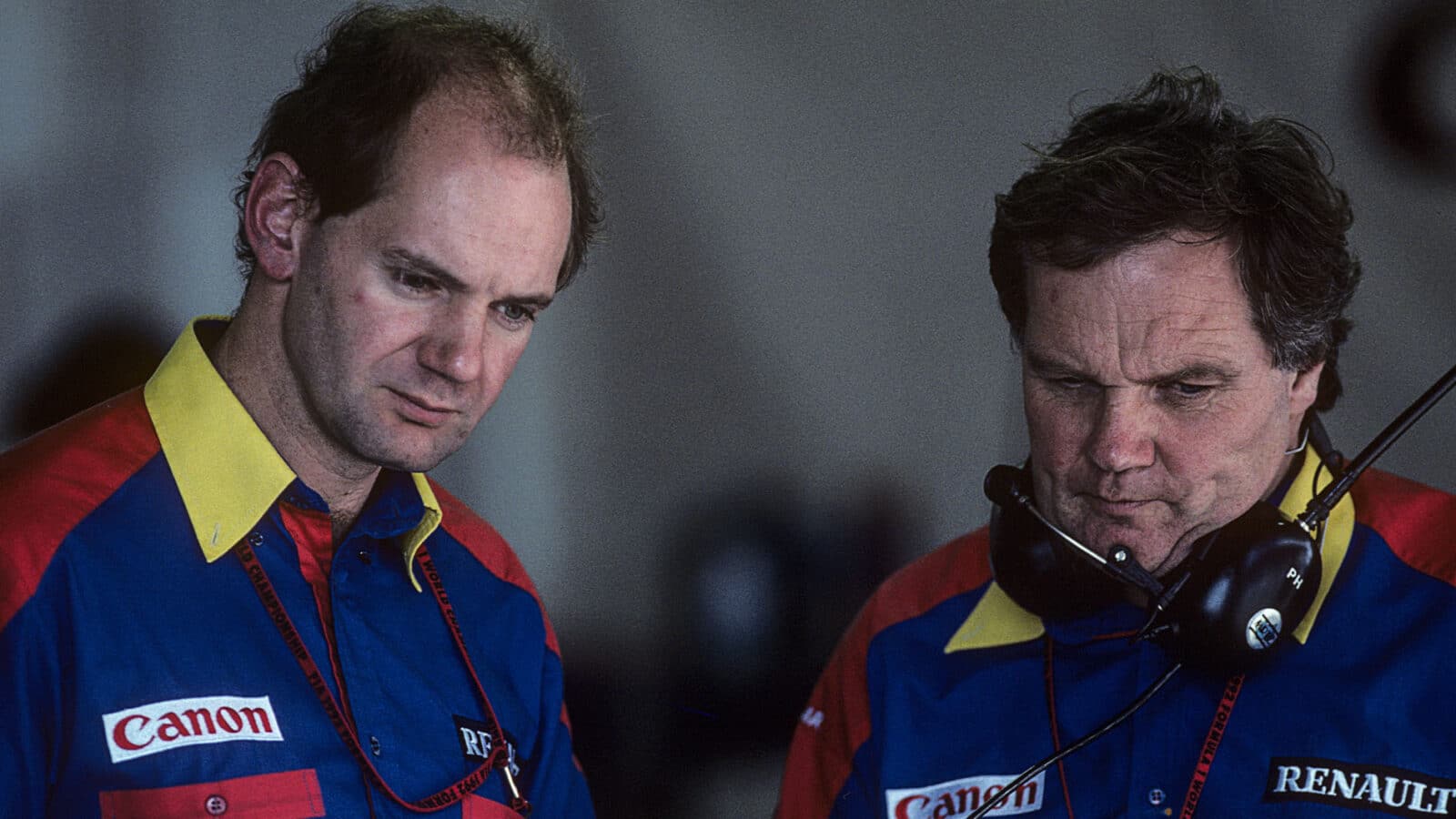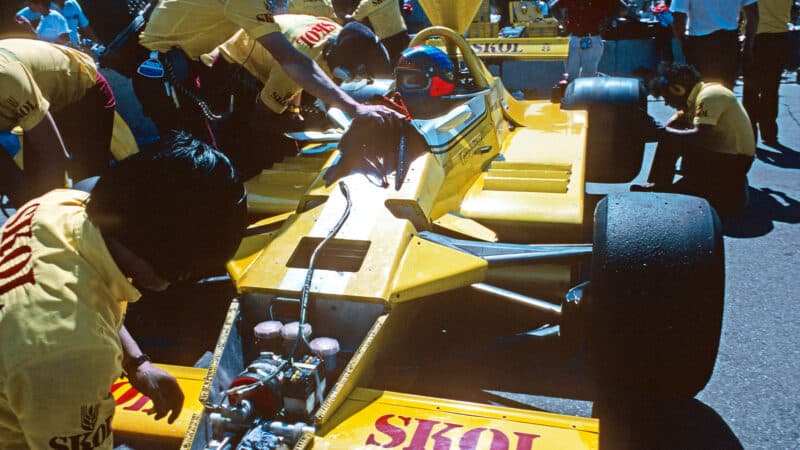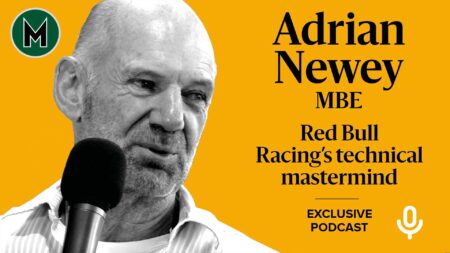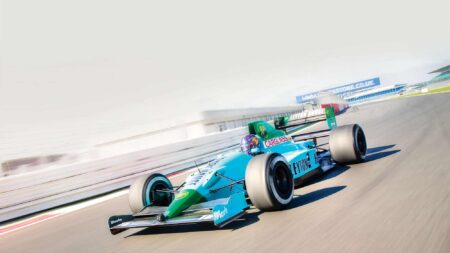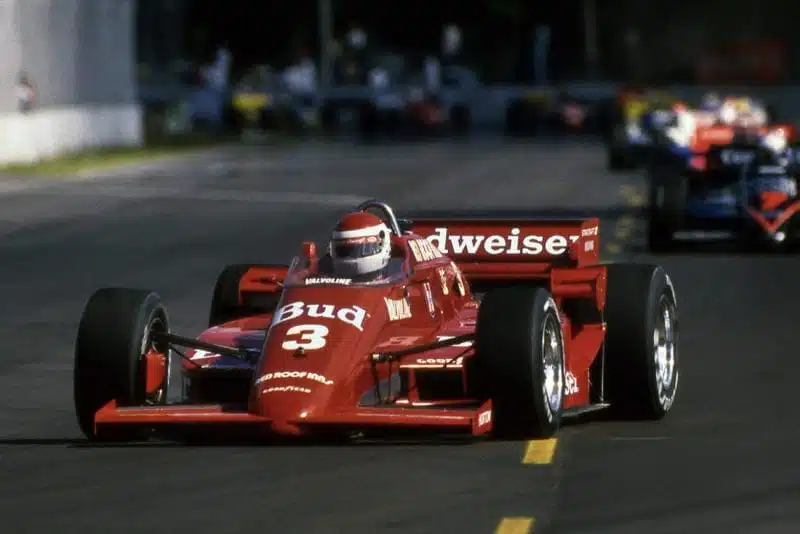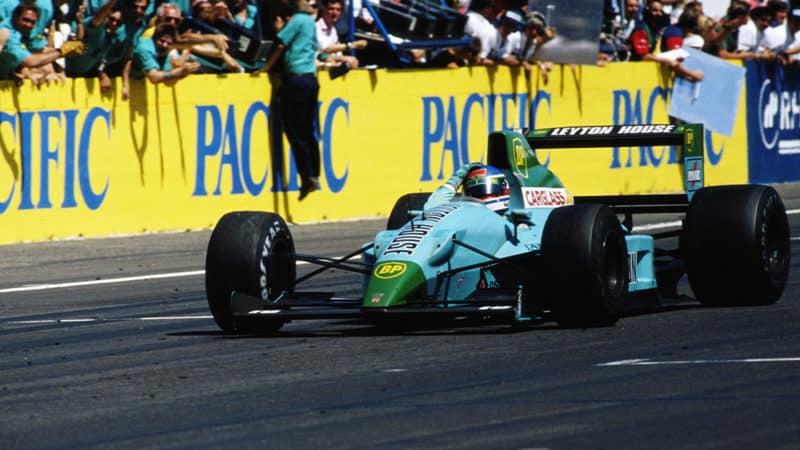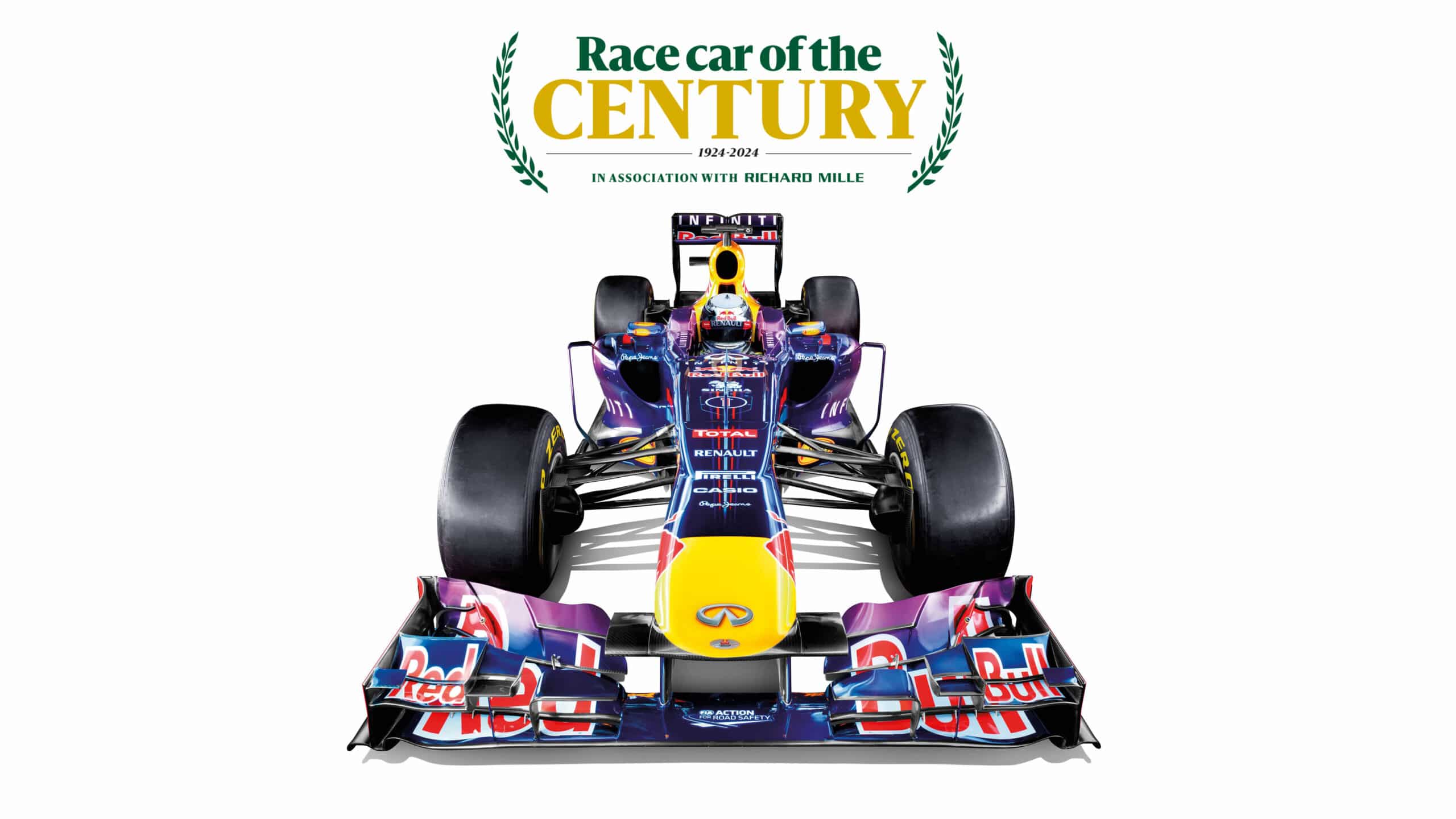“I was joining the aerodynamics team. What I didn’t realise was that I was going to be the aerodynamics team. The F8 was a quite a good car, but there was no money for development.”
Eventually the Fittipaldi team splintered and its management team split up: Harvey went off to Ferrari, Peter Warr to Lotus and Peter Macintosh to March. Newey had an offer from Warr to move to Lotus, and one from Macintosh to join March. Newey took the less glamorous route, feeling that he would get more experience more quickly at a production race car maker like March. Another shrewd move. Most would have jumped at the chance to progress in grand prix racing, especially under the wing of Colin Chapman, but he preferred the traditional ‘jack of all trades’ apprenticeship the likes of Patrick Head and John Barnard had at Lola.
“That’s the great thing about it. You’re involved in different formulae in all sorts of different areas aerodynamics, race engineering and mechanical. You learned a lot very quickly.
“I joined in two positions, firstly as race engineer. I was originally going to be with Christian Danner in Formula 2 in ’82, but he fired me after the first race. But Johnny Cecotto said he’d take me. I had one test session before the first race and then it was, ‘Off we go’. At the same time I was working in the drawing office in the week as a detail draughtsman.

Randy Lanier gives chase at the back of this trio when fighting for the ’83 Daytona win in the Newye-optimised March 83G IMSA GTP car
Getty Images
“March’s GTP sports car was an unloved project, lying on the side, and because my final year project had been on ground effects, and ground effects applied to sports cars, I thought I should be able to do something with it. I went to Robin Herd and asked, and he said, ‘Be my guest’, but there was no budget to build a model and go wind tunnel testing. The car was designed by Max Sardou, and I modified it just by eye, using the results from my final year project, and took it over to Daytona. That was a hell of an experience, I can tell you.”
So, in January 1983, a 23-year-old and still very green Newey suddenly found himself running an IMSA GTP car in a 24-hour race.
